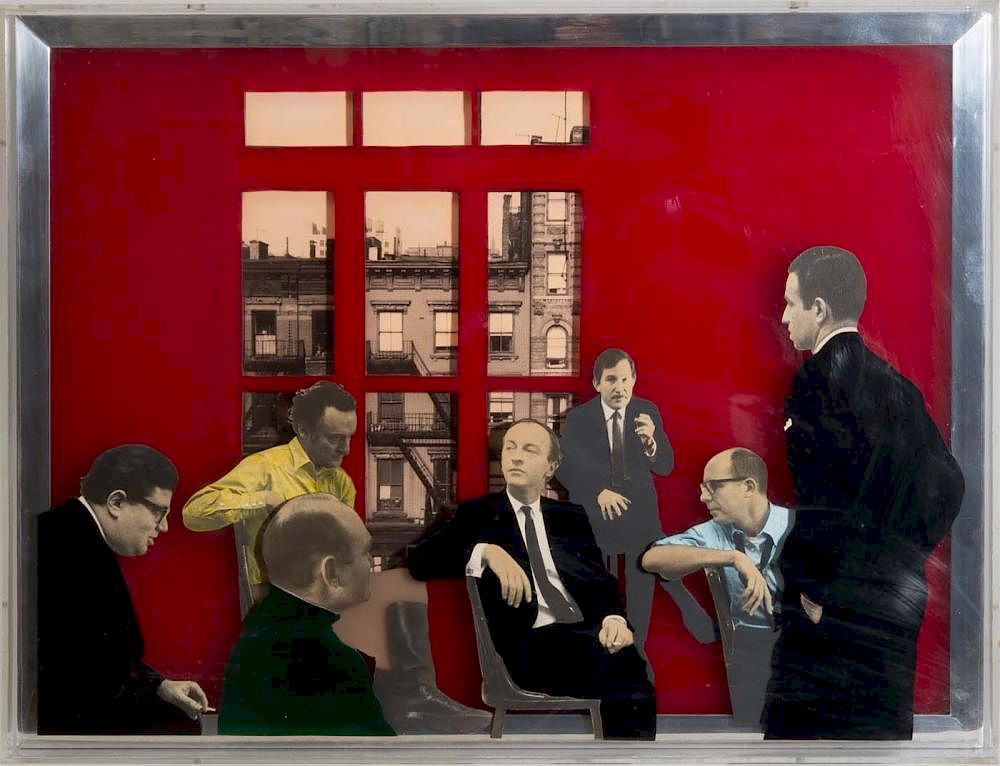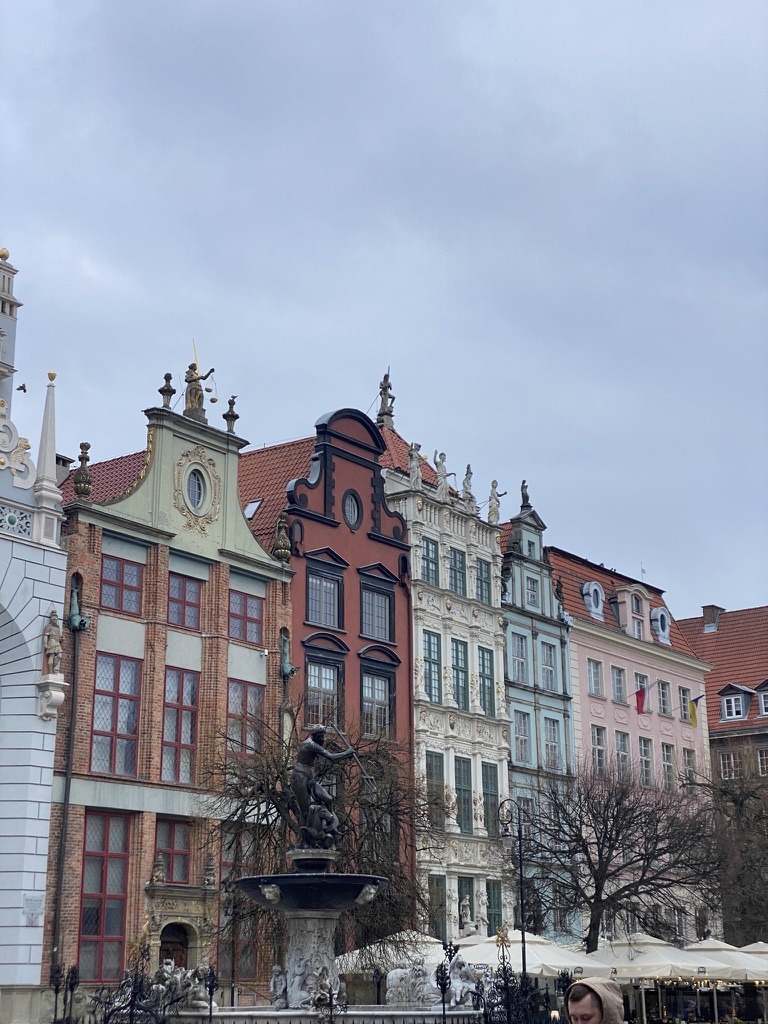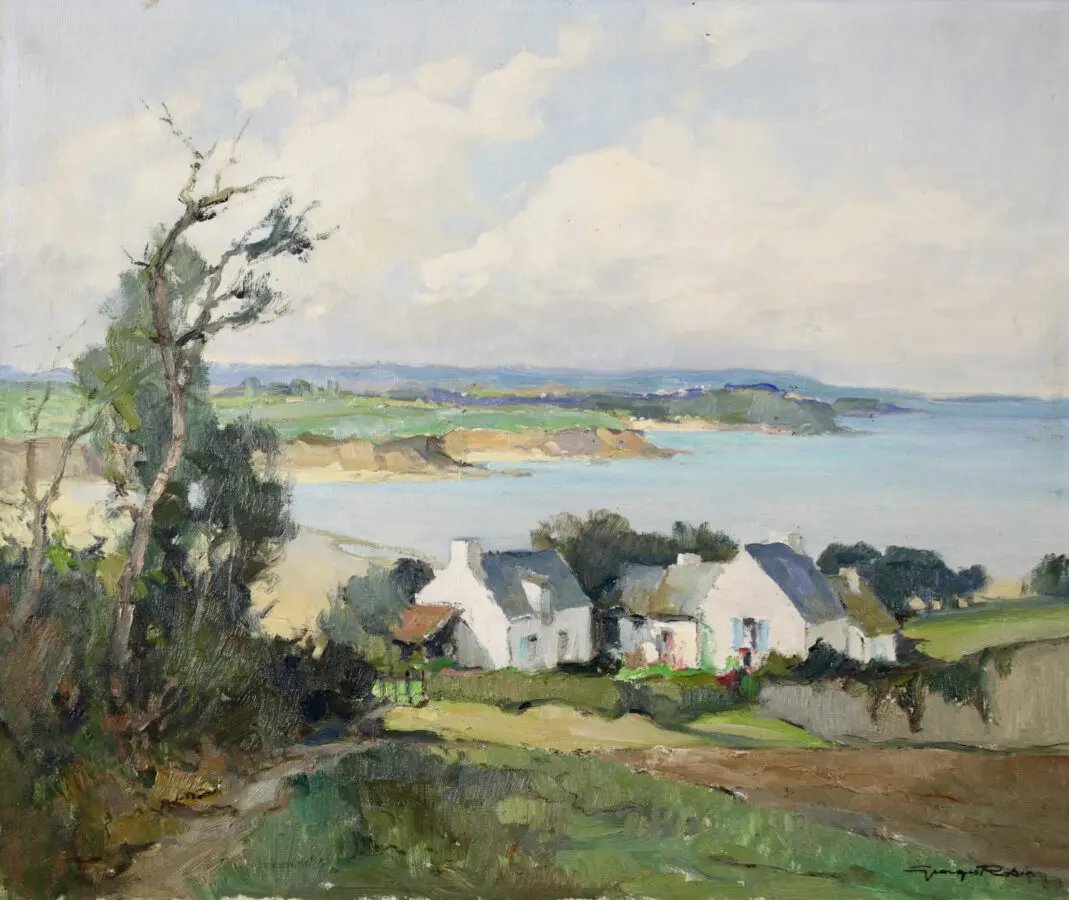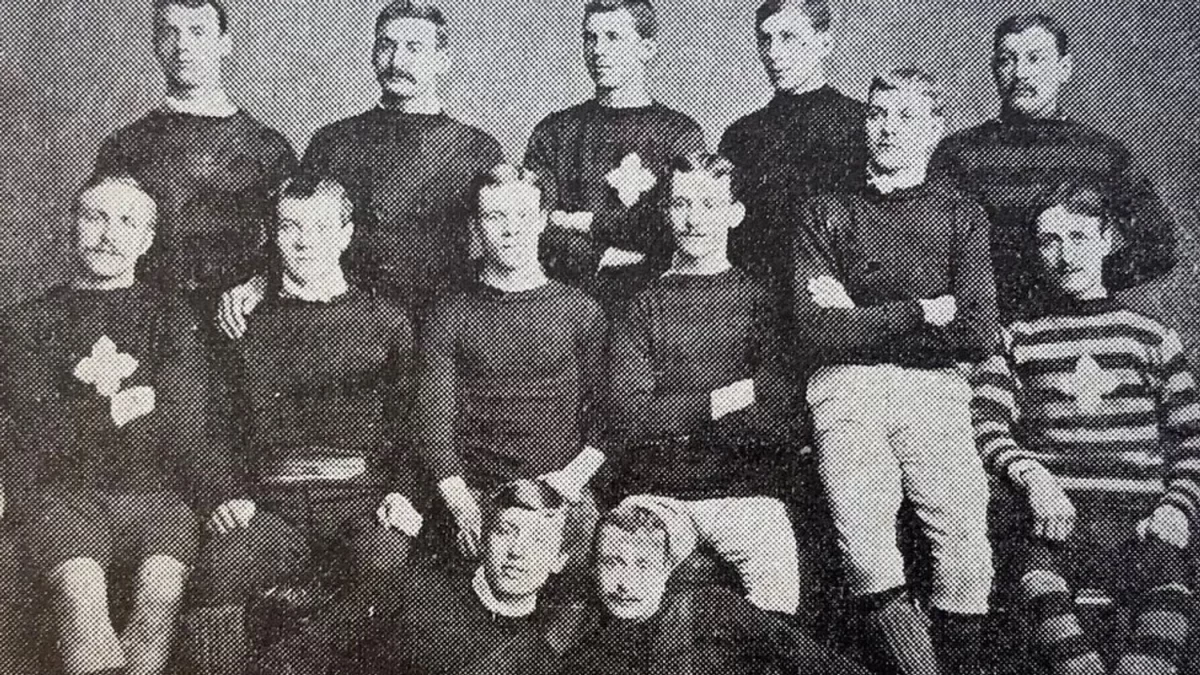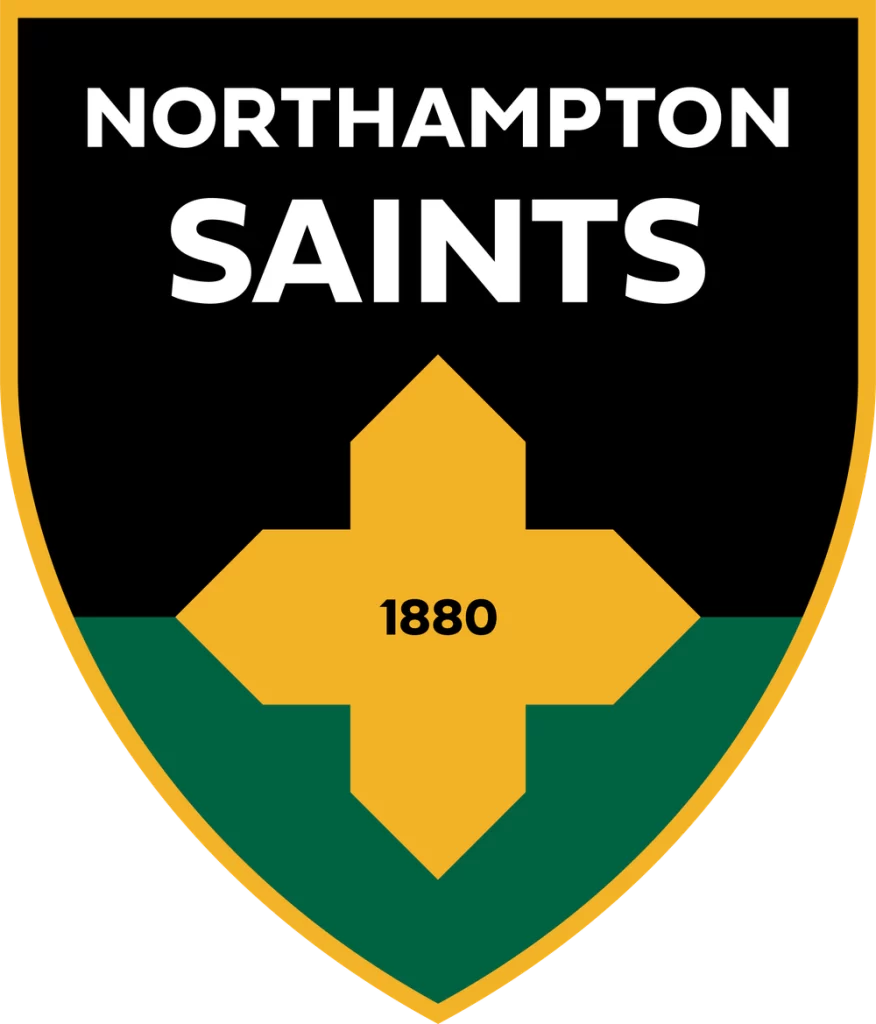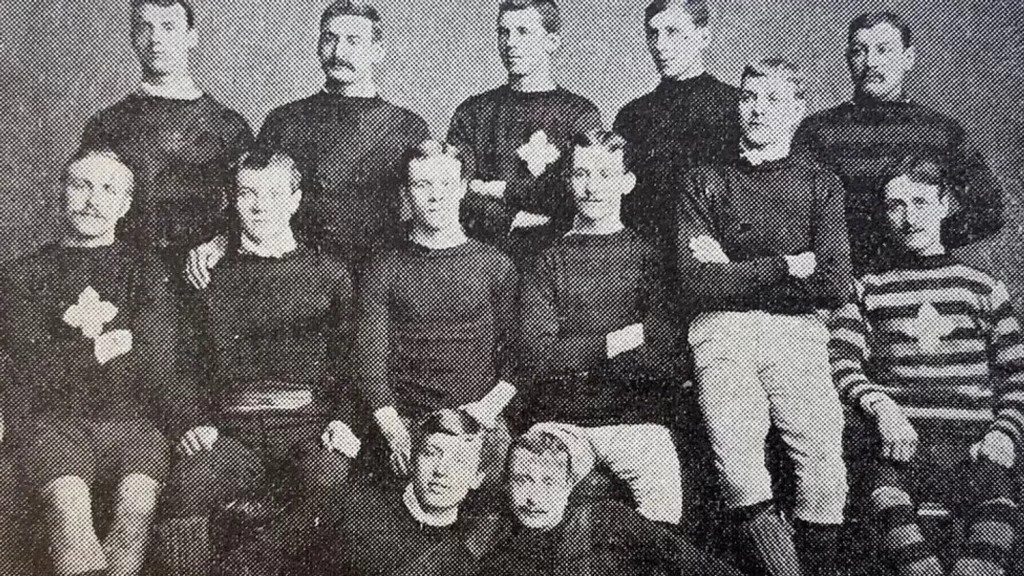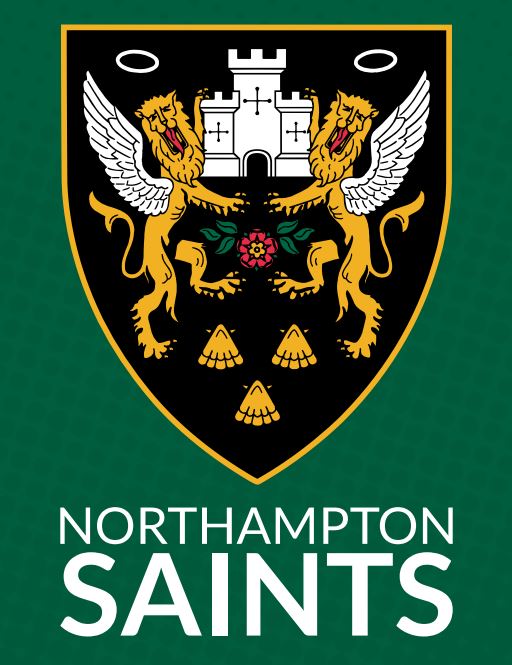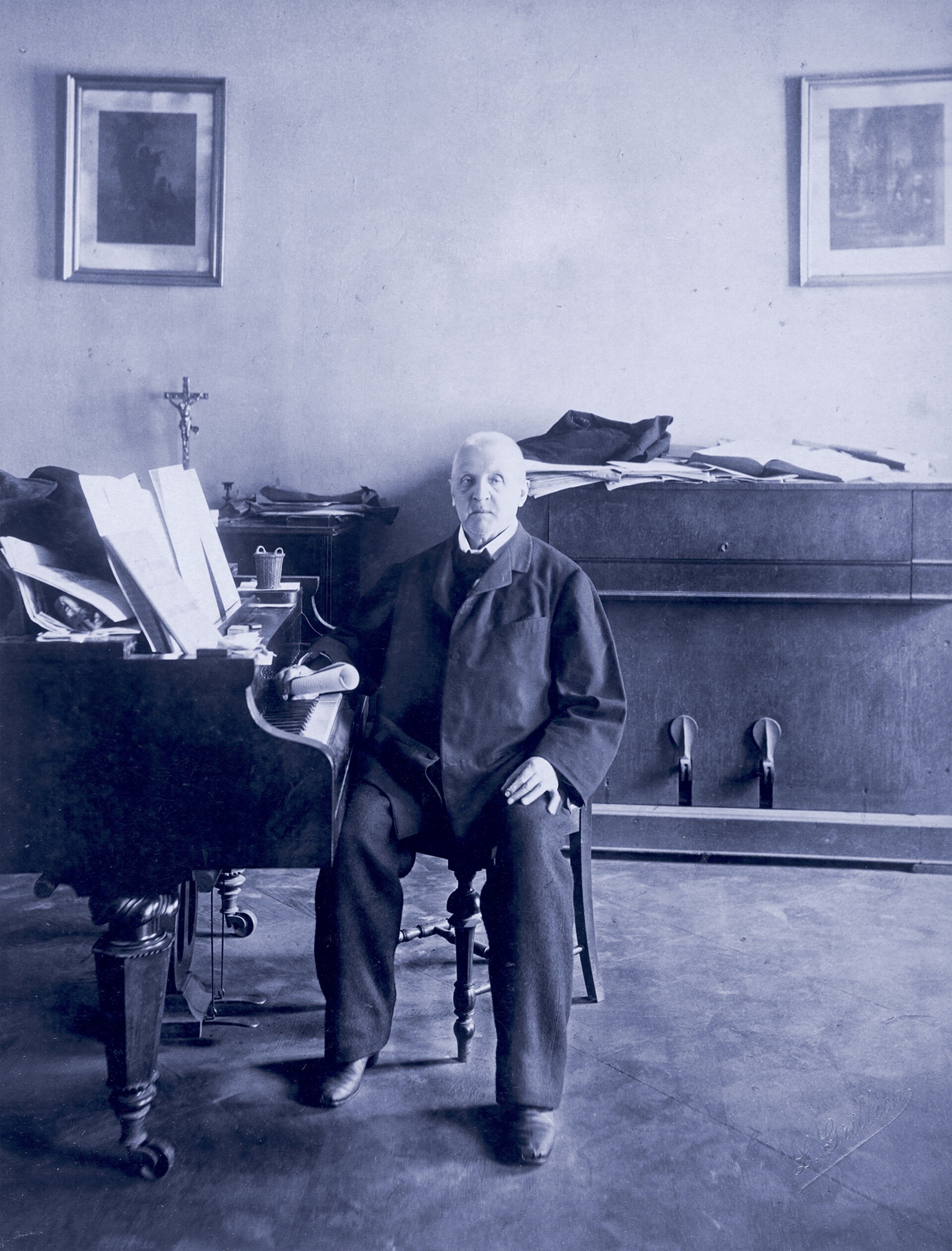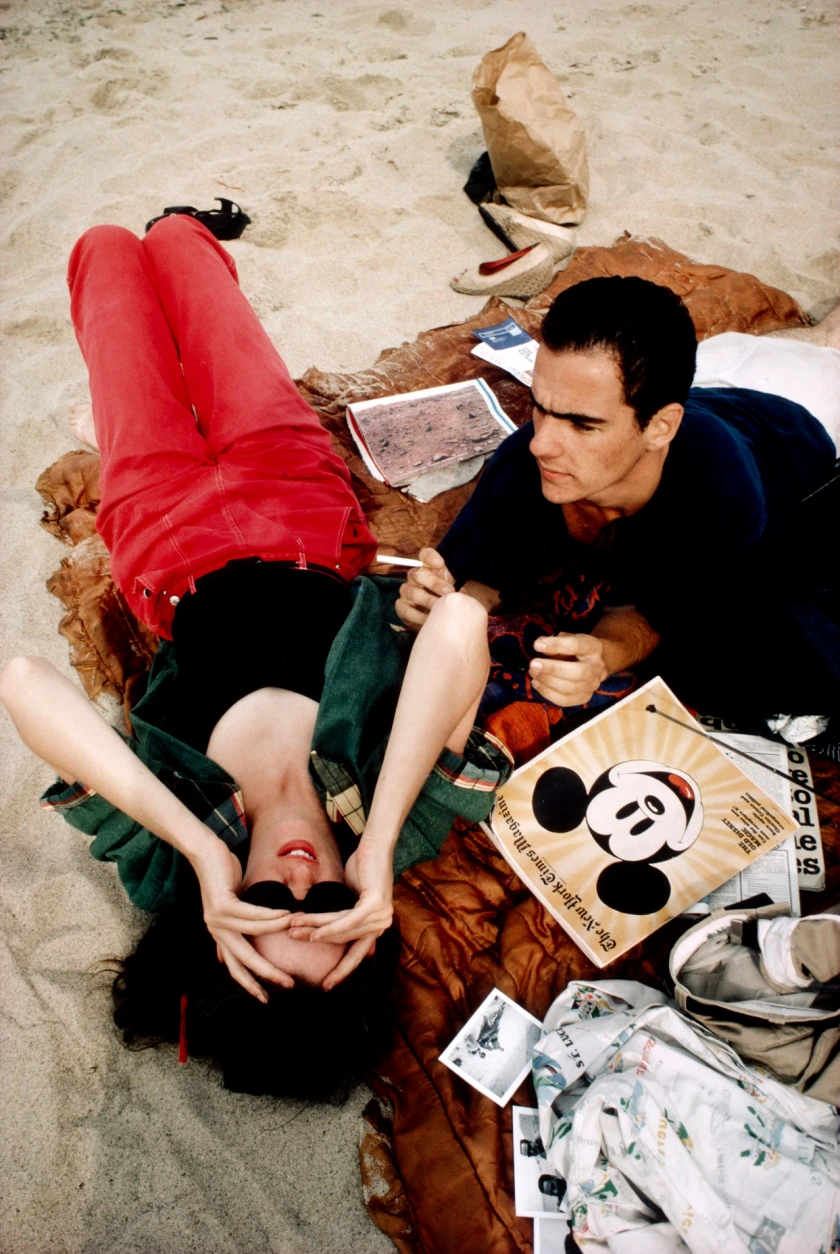Frank O’Hara, Sensitivity, and American Art
By Harry Laventure
Ah nuts! It’s boring reading French newspapers
in New York as if I were a Colonial waiting for my gin
somewhere beyond this roof a jet is making a sketch of the sky
where is Gary Snyder I wonder if he’s reading under a dwarf pine
stretched out so his book and his head fit under the lowest branch
while the sun of the Orient rolls calmly not getting through to him
not caring particularly because the light in Japan respects poets
- Les Luths, 1959
Frank O’Hara. Somewhere between the consonants and the syllable count and the ink, there is always a lining of jazz. This retains its tuning on and off the page. Cinematic close-ups dripping with cigarette smoke, darting from object to still and place to space with the flicker of a Red-Spotted Purple Admiral’s wing-blink. The poet, tethered by personality to an infinite ricochet of cocktail parties, New York intellectuals, lovers, and the avant-garde. “Les Luths” epitomises the rarer alleles in O’Hara, those that permitted the most microscopic of attentions to encounters with people and things that most would not endow with profundity beyond the happenstance. An effortless habit of admiration that comes when the reservoir of an ardent spirit laps over the brim and spills itself on an outside no longer collateral. More morbid – he would himself remark that the slightest loss of attention leads to death.
O’Hara’s sprezzatura of the soul flaneurs through the arteries of his corpus with an insouciance which never loses its natural ancestry from the heart. Indeed, it is this love and elevation of the quotidian which elicited poet Ron Padgett to choose his “A Step Away From Them” for the Library of Congress as an encapsulation of American Identity. Written shortly after his friend Jackson Pollock’s death, O’Hara opts for no grandiose lament, no hagiography, no tender confessions. Instead, he choreographs a historical record of his experiences during a lunch-break trundle. From yellow hats, to cats playing in sawdust, to a cheeseburger at JULIET’S CORNER, the parade of the random betrays circumlocution of the most dazzling sadness – these are not distractions, but elements of grief incarnate in the places he’s left to inherit without those he’s lost. First Bunny died, then John Latouche, then Jackson Pollock. But is the earth as full as life was full, of them?
Riotous in his energies and replete with artistic force, it is no surprise that this attentive, charismatic socialite would exert a particular magnetism on the cultural elite of the New York intelligentsia. One privilege of being so close to so many artists is that one garners an innovative, thoughtful armoury of compliments across dozens of different media. Jane Freilicher and Elaine de Kooning executed portraits that projected their respective styles onto O’Hara, carving out his idiosyncrasies amidst great slashes of the palette knife in tropical technicolour. Grace Hartigan attempted to translate his 1953 poem cycle of Oranges onto the canvas, even embedding his words in their abstractions. Alfred Leslie would personally request subtitles and translations for his short film from O’Hara. We cut to Frank, drinking again, bumbling into yet another atelier, in “Why Am I Not A Painter?”
for instance, Mike Goldberg
is starting a painting. I drop in.
“Sit down and have a drink” he
says. I drink; we drink. I look
up. “You have SARDINES in it.”
“Yes, it needed something there.”
“Oh.” I go and the days go by
and I drop in again. The painting
is going on, and I go, and the days
go by. I drop in. The painting is
finished. “Where’s SARDINES?”
All that’s left is just
letters, “It was too much,” Mike says.
But me? One day I am thinking of
a color: orange.
To consider the perpetual stimulation proffered between these individuals, whether in the New York School or the Abstract Expressionists or any other self-nomination, is to learn the currency of O’Hara’s central, artistic voltage. The exchange rate is as generous as a drunken handshake. Guston recalls being air-lifted from a creative pit after a brief poking in of the head and a few suggestions. In this gauze of compliments, we must deliberate how much of Frank seeped into the art itself. On numerous occasions, we hear of spontaneous collaborations in the litter of summer afternoons. My favourite anecdote comes from Norman Bluhm: the pair sat in the velvet of October 1960 and listened to a Prokofiev sonata in chatter together. What begins as Bluhm attempting to demonstrate his understanding of the musical theory employed culminates in a moment of cerebral confluence, and – music still playing – him and O’Hara conduct an improvised set of sketches, complete with poetry composed entirely off the cuff.
It is this fashion in which he is to be remembered by those he is most loved by. Not in the poetry that he hid in his drawers only to be lauded for now, nor the grand exhibitions he facilitated as Assistant Curator of the MoMA (a position which he’d attained having been promoted all the way from the front desk), but as the charmed, sparkling artistic intoxication with which he seemed to adorn the dance in his footprints. For all the compliments paid to him in his lifetime, 1999 saw a posthumous congregation of a most fitting collaboration. Brought together by the meticulously fervent work of Russell Ferguson and the Museum of Contemporary Art, In Memory Of My Feelings wove the literal personal effects of O’Hara and his clans into something that was simultaneously biographical, panegyric, and aesthetically instructive. Between many of the artists already mentioned and other titans such as Jasper Johns and Jackson Pollock, there lies the inexorable inability to amputate O’Hara’s life from the story of his generation’s artistic trajectory. Artist and poet, friend and critic. Those four nouns can be reconfigured as adjectives or adverbs to each other in any number of iterations without any loss in accuracy of expression. A tip of the hat in malleability.
Lest we take anyone else’s word for it, let us return to O’Hara’s own work. I hope that he would not find it too offensive to suggest that, for all its brilliance, Frank never really saw his poetry as anything beyond another outlet. But what an outlet. He had been immensely experimental in his time as a Harvard student. I won’t try to rival Ferguson in eloquence of catalogue:
… a striking diversity of forms that includes ballads, songs, a blues (so-called), a madrigal, musical exercises such as a gavotte, a dirge (complete with strophe, antistrophe, and epode), and even more exotic forms such as the French triolet. There are also an imitation of Wallace Stevens (with a touch of Marianne Moore) titled “A Procession for Peacocks”; a strict sonnet; a litany; poems in quatrains; couplets, and heroic couplets; poems with faithful rhyme patterns; and various prose poems.
Left in the company of such technical virtuosity, it is touching and telling to witness the consistency of his voice in the bare, casual, and sentimental tones of his main corpus. Drawing on the lesser-known greats of Reverdy and Apollinare, there is something confessional in O’Hara’s declared objectivity, and an unmatched sensitivity to the theme in the random or circumstantial. It sounds blisteringly blatant, but his poetry possesses a curation of contingencies which is almost musical in its cadence. Now That I am in Madrid And Can Think//I think of you. Such thoughts could only balloon to bloom at this very moment, in this very place, under these very auspices. The American air is only to be enjoyed because his lover is sharing [his] share, and the lungs that do so have sonorously subside[d] to greet him each morning with the flutter of your brown lashes. We then move to Toledo, where the olive groves’ soft blue look at the hills with silver like glasses like an old lady’s hair. The apprehension of the sheer number of happenstances that lead to the moment of observation is disarmingly beautiful in its appreciation. Even in his agony, O’Hara sounds grateful just to soak it up. This Personalism is immensely difficult to pin down or define, precisely because of the vast swathes of experience that the poet can cram into a matter of lines. In but one, then, his capacity to seek objects and scenes for what they meant rather than what they were retains a complexity which borders on abstraction only elsewhere found in music. Rothko gunned for the same in his colour-fields; Pater had previously observed all art’s aspirations to ‘the condition of music’. It makes sense that O’Hara was an exceptional pianist before he ever picked up the pen. Oversaturation by example to the point of the universal; when enough ostensibly random facets are showcased together, it is their key centre that is transmitted to us over the material. For this reason, we cannot trust O’Hara in his assertion that My eyes, like millions of glassy squares, merely reflect. It is not reflection, it is not projection – it is appreciation by address rather than praise. William Carlos Williams conjured no ideas but in things, Ferguson refined it to no ideas but in people, the obvious truth is that O’Hara is both. A kind of ventriloquist, bound to autonomous puppets. They are inseparable by their strings, the themes, though they still operate independently. It is a demonstration that the act of creation and the finished creation are the same, to poach from Ashbery. All this written down whilst sneaking out from the MoMA to type a few thoughts in the Olivietti showrooms. That is true sensitivity – or rather, Feldman would say, the dialectic of the heart.
So poetic a life could only come to an end on a similar theme. Tragically, O’Hara was struck by a jeep just off the Fire Island beach in the wee small hours of 24th July, 1966. He was 40. I daresay the absurdity would have made him chortle. Profound exactly because it was engulfed by the everyday. In Larry Rivers’ funeral speech, he observed that at least sixty people would have known him to be their best friend. I do not think there is a better testament to O’Hara, in all his tenderness and personability, than Jasper Johns’ Memory Piece. In 1961, Johns made a plaster cast of Frank’s left foot. Two years later, in a poem dedicated to Johns, O’Hara wrote When I think of you in South Carolina I think of my foot in the sand. I leave it to Ferguson to close: In 1970, four years after O’Hara’s death (…) Johns completed the sculpture he had envisaged making. The cast is attached to the lid of a box that contains a layer of sand. Each time the lid is closed, a fresh footprint is impressed into it. The sculpture makes an intimate kind of memorial, keeping O’Hara’s physical footprint in the world in an echo of the way his poetry lives on in the minds of his readers. Rather,
oh god it’s wonderful
to get out of bed
and drink too much coffee
and smoke too many cigarettes
and love you so much

